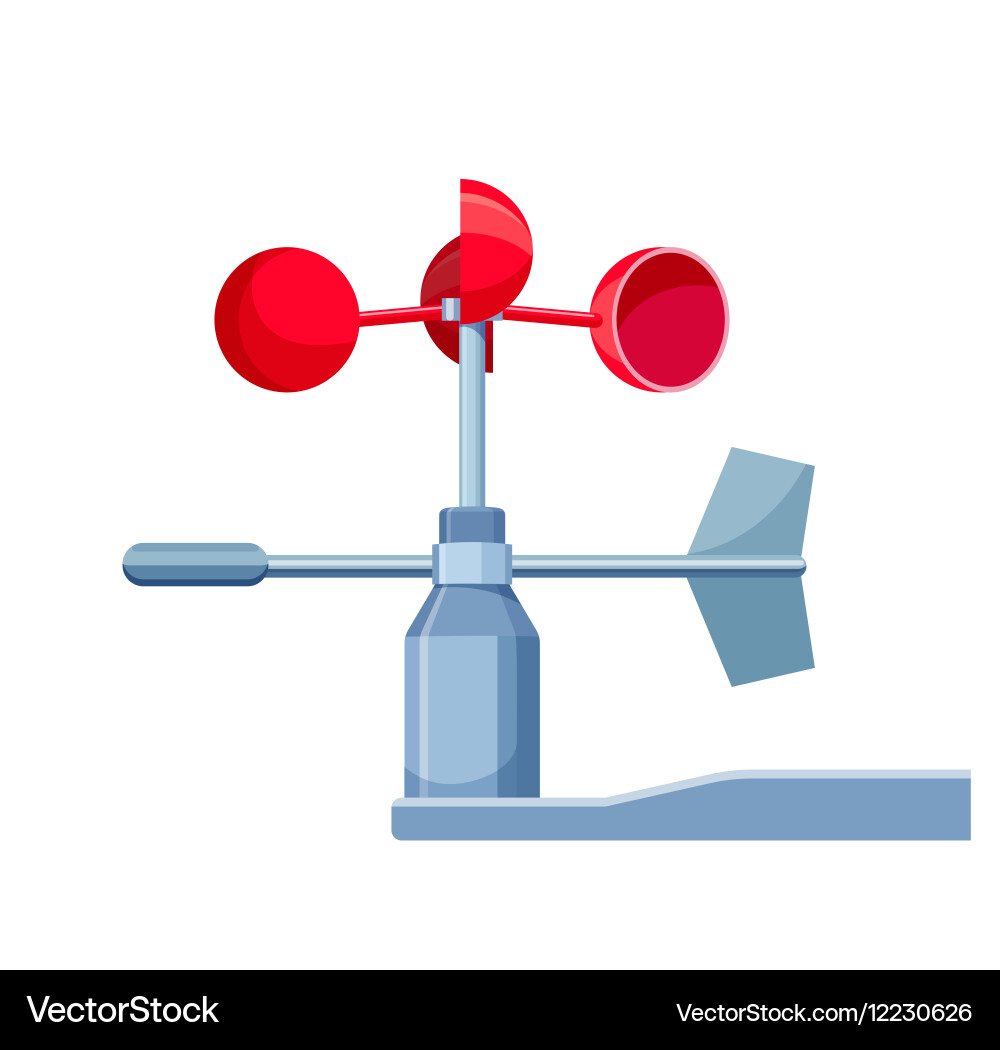Comparing Digital and Mechanical Anemometers: Which is Right for You?
Comparing Digital and Mechanical Anemometers: Which is Right for You?
Blog Article
All You Need to Learn About Anemometers: Just How They Function, Why They Issue, and Where to Make use of Them
Anemometers, though often overlooked in the world of clinical tools, play a critical role in different fields, offering useful insights right into wind speed and air movement patterns. Comprehending the mechanics behind these gadgets is vital for anyone looking for to harness the power of this data. From meteorologists tracking climate patterns to engineers developing frameworks with wind lots in mind, the applications of anemometers are diverse and far-ranging. As we explore the complexities of anemometer modern technology, we will uncover the inner operations of these devices, their relevance, and the key factors to consider when picking the best anemometer for details applications.

Anemometer Fundamentals
A necessary instrument used to determine wind rate and direction, the anemometer plays an essential duty in meteorology and numerous markets. An anemometer generally is composed of three or 4 cups that turn in the wind, a vane that points right into the wind, and sensing units to track the activities or rotations.
There are various types of anemometers readily available, consisting of cup anemometers, vane anemometers, hot-wire anemometers, and sonic anemometers, each with its special attributes and applications. Cup anemometers are typically utilized for standard wind rate measurements, while vane anemometers are favored for directional measurements.
Principles of Anemometer Operation
Structure on the foundational understanding of anemometer essentials, the principles of anemometer operation elucidate the mechanics behind wind rate and direction measurements. Mug anemometers, for instance, have three or even more cups that record the wind, triggering them to spin faster as the wind rate rises. Hot-wire anemometers rely on a warmed cable that cools down as wind passes over it, with the price of cooling down figuring out the wind speed.
Significance of Anemometers
Anemometers play an important function in determining wind speed and instructions, supplying crucial data for weather condition projecting, environment research studies, ecological surveillance, and air travel operations. Meteorologists depend on anemometers to collect accurate wind data, aiding them understand weather condition patterns, forecast storms, and issue prompt cautions to the public. Wind ranch operators make use of anemometers to analyze wind problems and make best use of electrical power production from wind turbines.
Applications Throughout Various Industries
Applications of anemometers cover across diverse sectors, showcasing their convenience and utility beyond weather forecasting. In the renewable resource sector, anemometers play a critical duty in examining wind conditions for wind farm placements, making sure ideal energy production. Industries like building and construction and mining utilize anemometers to keep an eye on wind rates, crucial for safety methods, particularly when functioning at heights or in open-pit mines where strong winds can present threats. Anemometers are also integral in the aeronautics sector, assisting pilots in recognizing airspeed and wind direction for secure liftoffs and landings. The maritime sector take advantage of anemometers for ship navigation, assisting sailors anticipate weather adjustments and readjust paths accordingly. In agriculture, anemometers aid farmers in taking care of crop spraying by supplying real-time data on wind rate to prevent drift. Anemometers discover applications in HVAC systems to optimize air flow and enhance energy performance in buildings. The diverse usage cases of anemometers emphasize their significance across different industries, highlighting their vital function in improving functional safety and efficiency (anemometer).

Selecting the Right Anemometer for Your Demands
For basic functions, a mug anemometer is suitable for gauging wind speed, while a vane anemometer offers wind direction information. Hot-wire anemometers are excellent for reduced airspeed dimensions, and ultrasonic anemometers supply high accuracy and resilience.

Verdict
In verdict, anemometers play a vital duty in gauging wind rate and direction across various sectors. It is crucial to take into consideration the significance of anemometers in order to make educated choices when choosing the most ideal tool for measuring wind conditions.
There are numerous kinds of anemometers Full Article available, including cup anemometers, vane anemometers, hot-wire anemometers, and sonic anemometers, each with its unique functions and applications. Cup anemometers are frequently used for fundamental wind rate dimensions, while vane anemometers are preferred for directional measurements. Hot-wire anemometers are appropriate for low airspeeds, and sonic anemometers are suitable for high-precision dimensions in research study and industrial settings.Structure on the foundational understanding of anemometer essentials, the principles of anemometer procedure elucidate the auto mechanics behind wind rate and instructions measurements. For general functions, address a mug anemometer is suitable for gauging wind rate, while a vane anemometer supplies wind instructions data.
Report this page